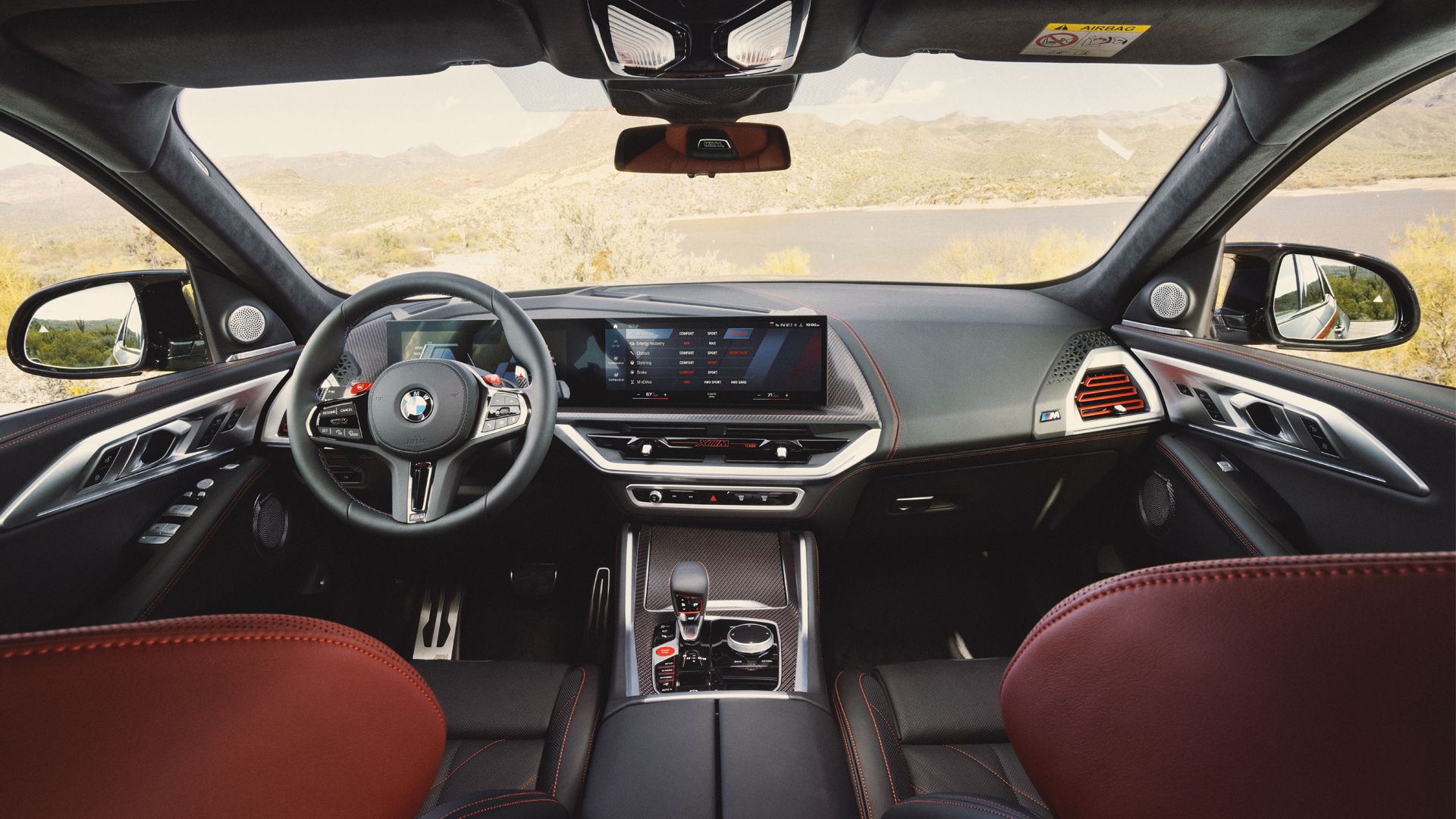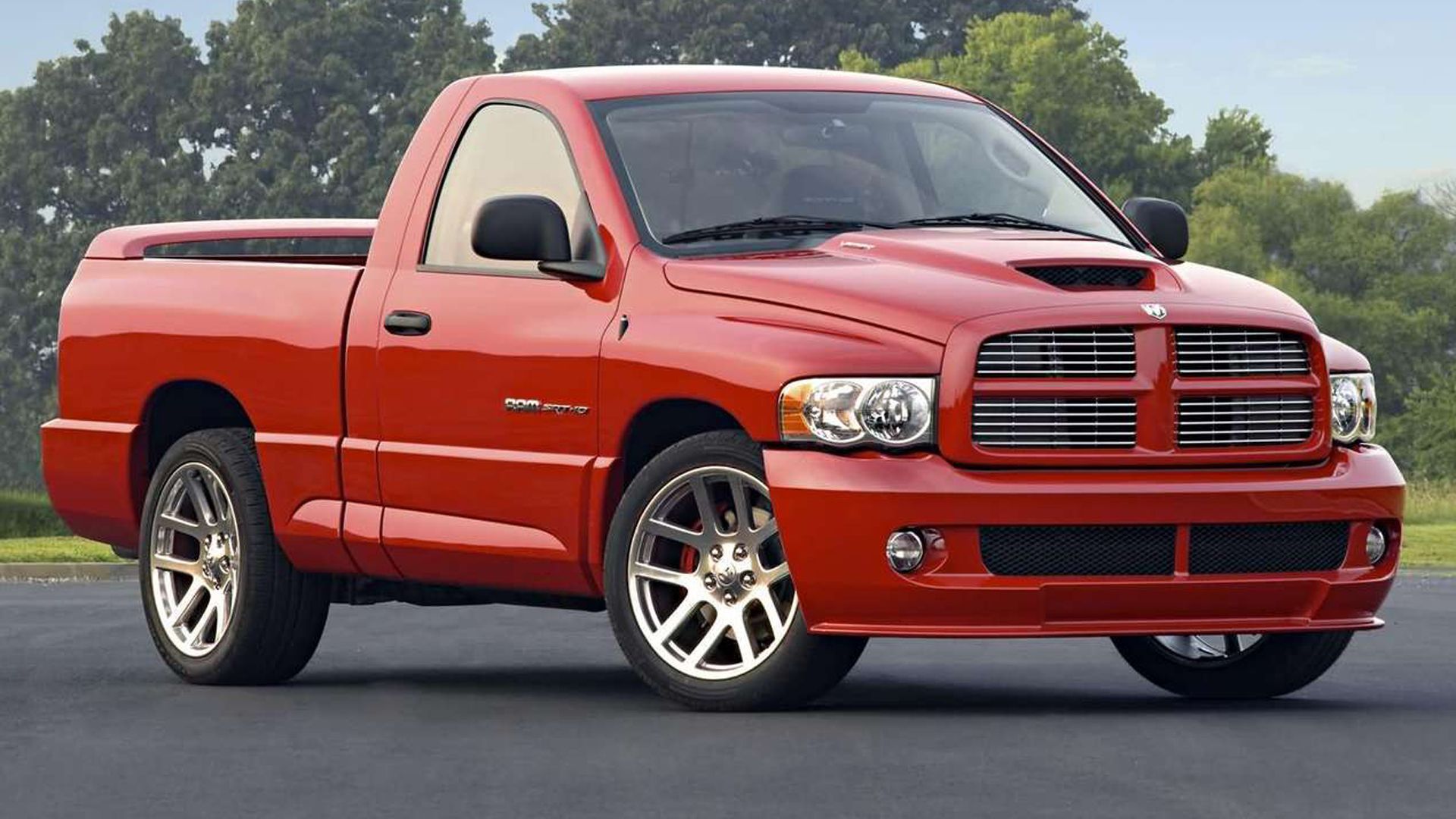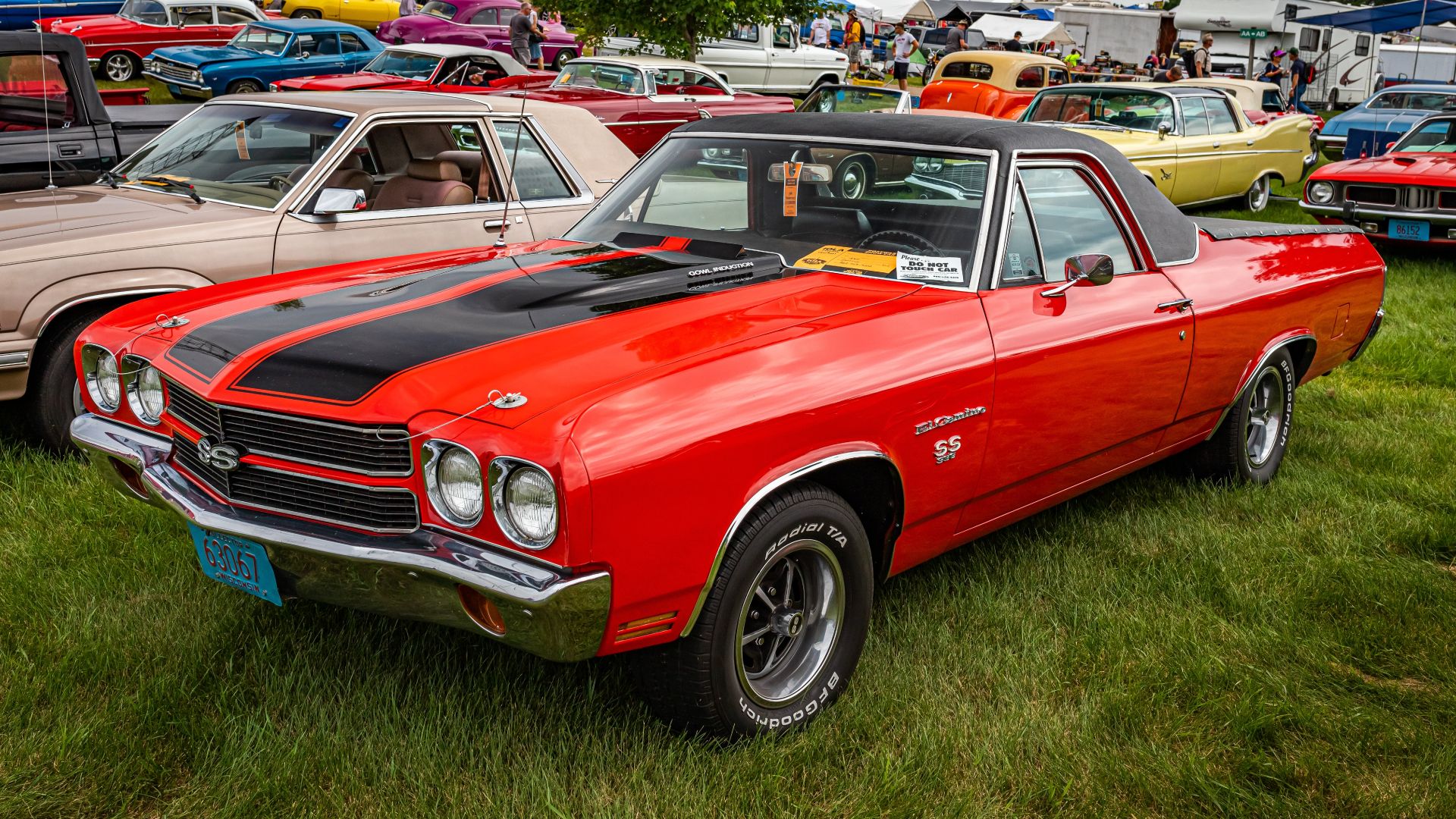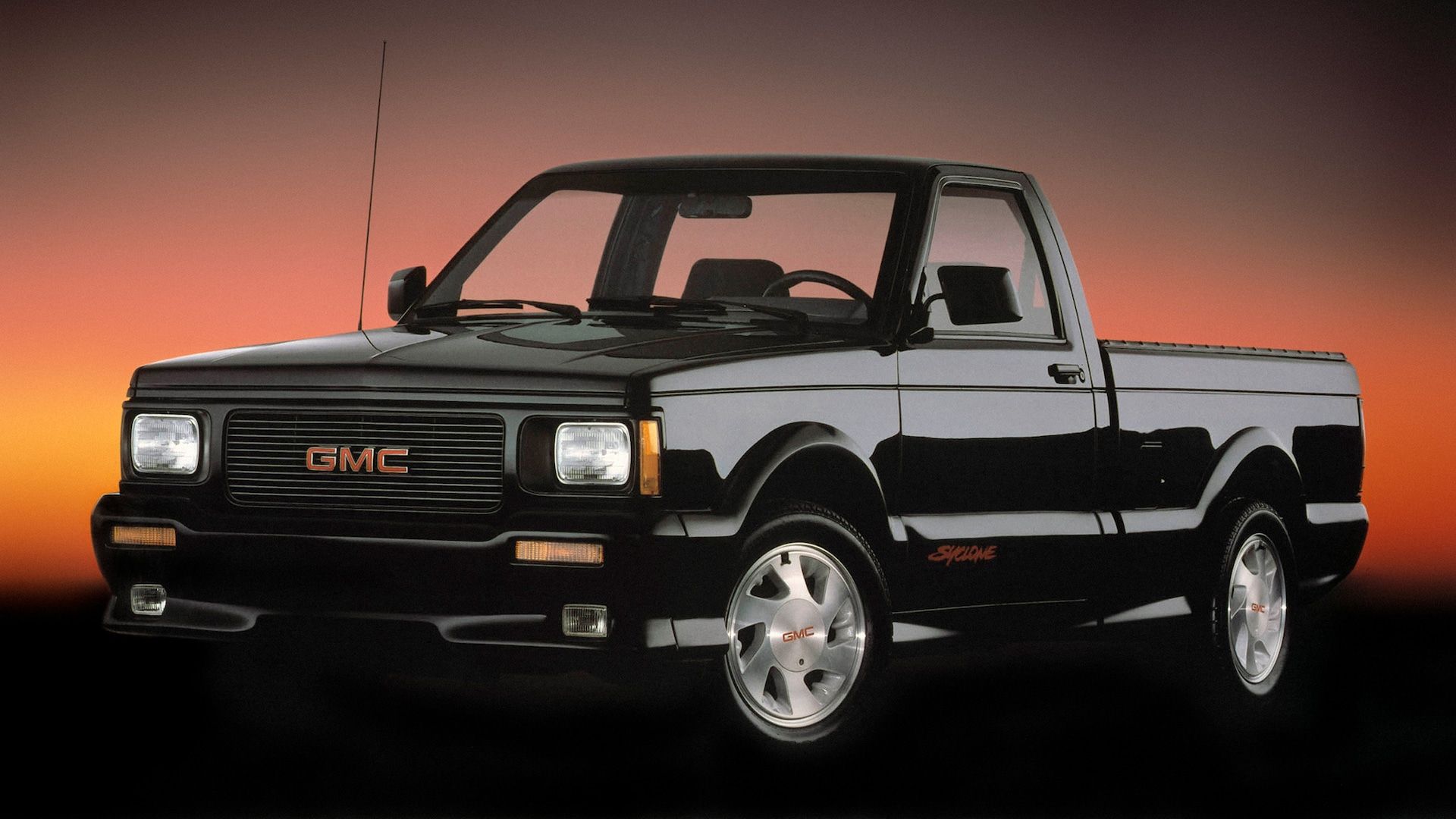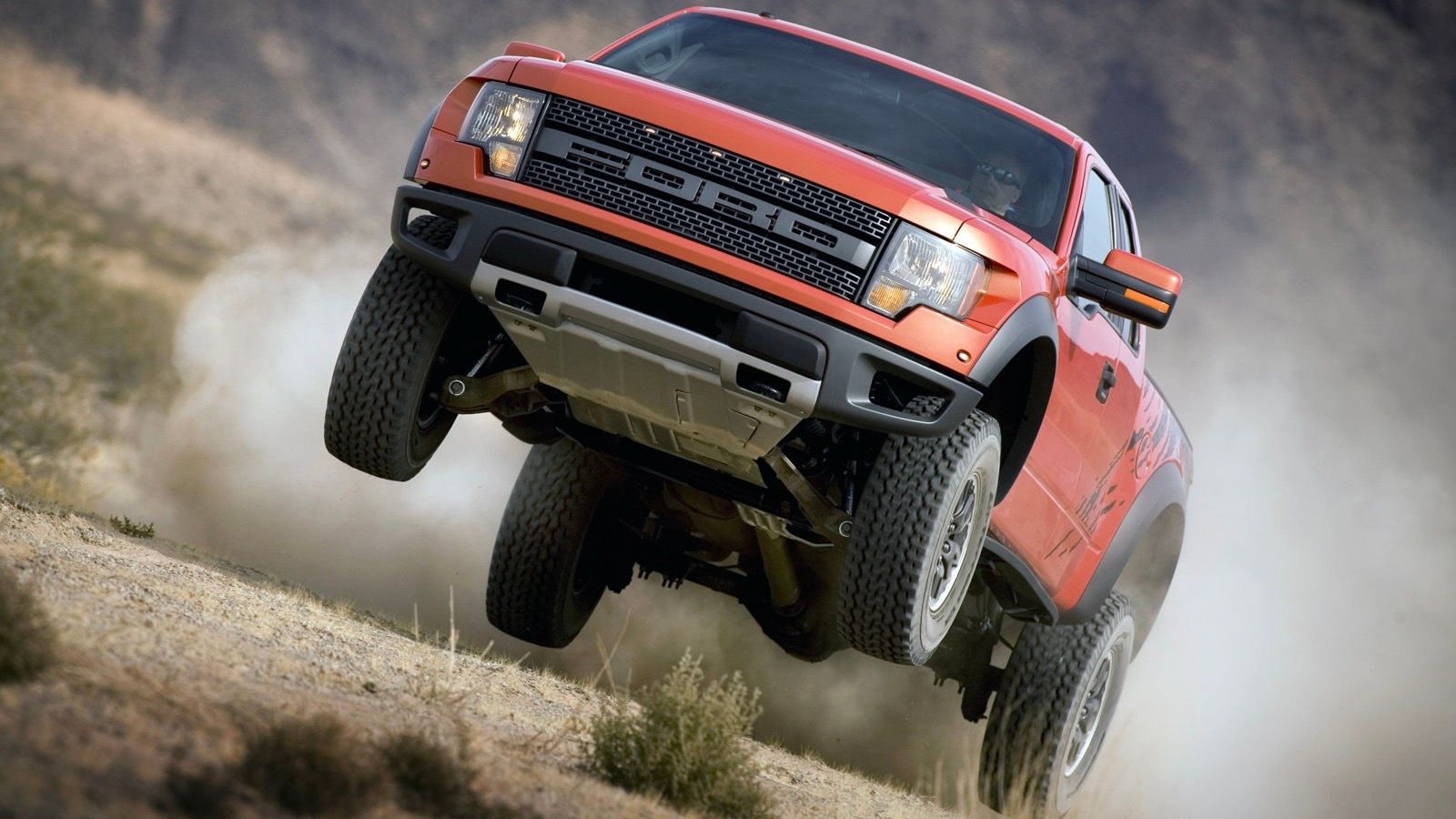PLANO, Texas (Oct. 24, 2023) – The 2024 Lexus LX 600 continues the legacy of the luxury SUV icon. Known for its blend of comfort and off-road capability, the LX 600 builds upon the updates and improvements from the previous year.
The LX 600 is powered by a high-output, high-torque 3.4-liter V6 twin-turbo gasoline engine. It features the Electronically Controlled Brake (ECB) system and Electric Power Steering (EPS) for precise control on both on-road and off-road terrain.
The interior of the LX 600 is designed for maximum comfort and usability. It features the Lexus Interface with a dual display configuration, consisting of a 12.3-inch upper screen and a 7-inch lower screen. These displays offer a variety of views, instrumentation, and control adjustments to enhance the driving experience.
The LX 600 is available in five interior color options and seven exterior color options, including premium paint options for an additional fee.
KEY TECHNICAL FEATURES
GA-F PLATFORM: The LX 600 maintains the GA-F platform introduced in 2022, which provides improved body rigidity and stability. The front high-mounted double wishbone suspension and optimized coil springs offer excellent vehicle stability and ride comfort, both on and off-road.
POWER + LINEARITY: 3.4-LITER TWIN-TURBO V6 AND DIRECT SHIFT-10AT: The 3.4-liter V6 twin-turbo gasoline engine generates an output of 409 hp and maximum torque of 479 lb.-ft. It provides ample power for both on-road and off-road driving, with maximum torque available in a wide range of rpm. The Direct Shift-10AT transmission offers smooth acceleration and precise gear shifting.
ON-ROAD PERFORMANCE VIA LEXUS DRIVING SIGNATURE: The high-output engine, ECB, EPS, Active Height Control (AHC) system, and Adaptive Variable Suspension (AVS) work together to deliver superior driving performance in all situations. The AHC adjusts the vehicle height and optimizes the spring rate to maintain stability during turning, acceleration, and deceleration.
ELECTRIC POWER STEERING (EPS) AND ELECTRONICALLY CONTROLLED BRAKE (ECB): The EPS provides a light steering sensation at low speeds and full steering weightiness at high speeds, enhancing the driving experience. The ECB system ensures more linear braking characteristics and precise control in off-road conditions.
WHEEL, TIRE AND REAR TORSEN® LIMITED SLIP DIFFERENTIAL (LSD) PERFORMANCE: The LX 600 features 22-inch forged aluminum wheels for enhanced on-road performance. The F SPORT Handling grade includes a Torsen® LSD for improved traction and control during acceleration and cornering.
INHERITANCE OF HERITAGE: The LX 600 maintains the same rugged off-road capabilities as its predecessors, with a 2,850 mm/112 in. wheelbase and impressive obstacle angles. It can handle rough terrain and offers spacious interior comfort.
19.3-INCHES OF SCREEN ACCESS: The LX 600’s instrument panel features a 12.3-inch upper screen and a 7-inch lower screen. The upper screen provides navigation and control functions, while the lower screen displays climate control settings and serves as a driving-support screen for Multi-Terrain Select.
MULTI-TERRAIN SELECT (MTS): The LX 600 offers six driving modes – Auto, Dirt, Sand, Mud, Deep Snow, and Rock – to optimize performance in various off-road conditions. The Multi-Terrain Select integrates the drive power, suspension, and brake control for optimal performance.
CRAWL CONTROL: The Crawl Control feature allows the LX 600 to move at low speeds in forward or reverse, with five selectable low-speed settings. It optimizes engine output and hydraulic braking pressure to reduce tire slippage and improve chassis behavior.
DOWNHILL ASSIST CONTROL: When descending steep slopes, the system controls the hydraulic pressure of all four brakes to ensure a stable descent without wheel lock. This feature allows the driver to focus on steering without worrying about braking and accelerating.
MULTI-TERRAIN MONITOR (MTM): The Multi-Terrain Monitor uses four cameras to provide a comprehensive view around the vehicle. It displays imagery from the front, side, and rear cameras on a 12.3-inch screen, allowing the driver to navigate blind spots and assess off-road conditions.
ULTRA LUXURY AND F SPORT GRADES
ULTRA LUXURY: The Ultra Luxury grade focuses on rear passenger comfort and offers adjustable front seats, a rear seat display, and a footrest for maximum relaxation. It features curved headrests, seatbacks, and cushions for a secure and comfortable seating experience, even during off-road driving.
F SPORT Handling: The F SPORT Handling grade offers a sportier look and feel, with exclusive design touches and performance enhancements. It features unique 22-inch forged aluminum wheels, an F mesh design spindle grille, and customized seats for improved support and driving dynamics.
NEXT-GENERATION DESIGN: The LX 600 showcases a dynamic design with a cab-backward silhouette, muscular rear wheel arches, and a distinctive spindle grille. The interior and exterior design combine functionality with aesthetic appeal, featuring advanced lighting technology and aerodynamic elements.
LEXUS INTERFACE: INTUITIVE CONNECTED MULTIMEDIA SYSTEM: The LX 600 is equipped with the Lexus Interface, a multimedia system that provides intuitive technology at the driver’s fingertips. It includes a 12.3-inch upper touchscreen and a 7-inch lower touchscreen for easy access and control. The system incorporates a Voice Assistant for hands-free operation and offers personalized settings and navigation features.
LEXUS SAFETY SYSTEM+ 2.5: The LX 600 comes standard with the Lexus Safety System+ 2.5, which includes a suite of active safety features. It offers enhanced Pre-Collision System, All-Speed Dynamic Radar Cruise Control, Lane Departure Alert with Steering Assist, and Road Sign Assist for improved safety and driver assistance.
The 2024 Lexus LX 600 will be available for sale by the end of 2023.



